Andam
Design for Disaster
Sept - Dec 23’


Sept - Dec 23’

Collaborators:
University of the Philippines, Cebu FabLab, Cebu Lapu-Lapu Disaster Risk Reduction and Management Office
Completed during residency at Nanyang Technological University, Singapore
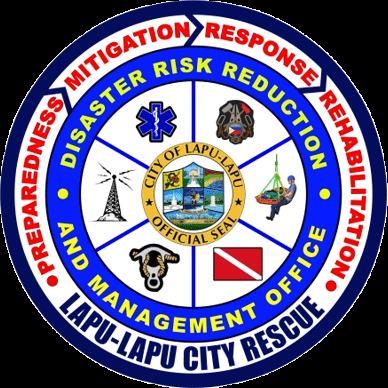
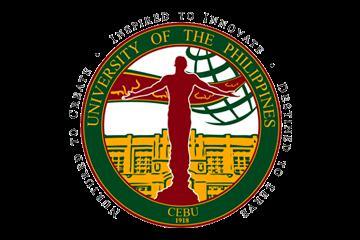
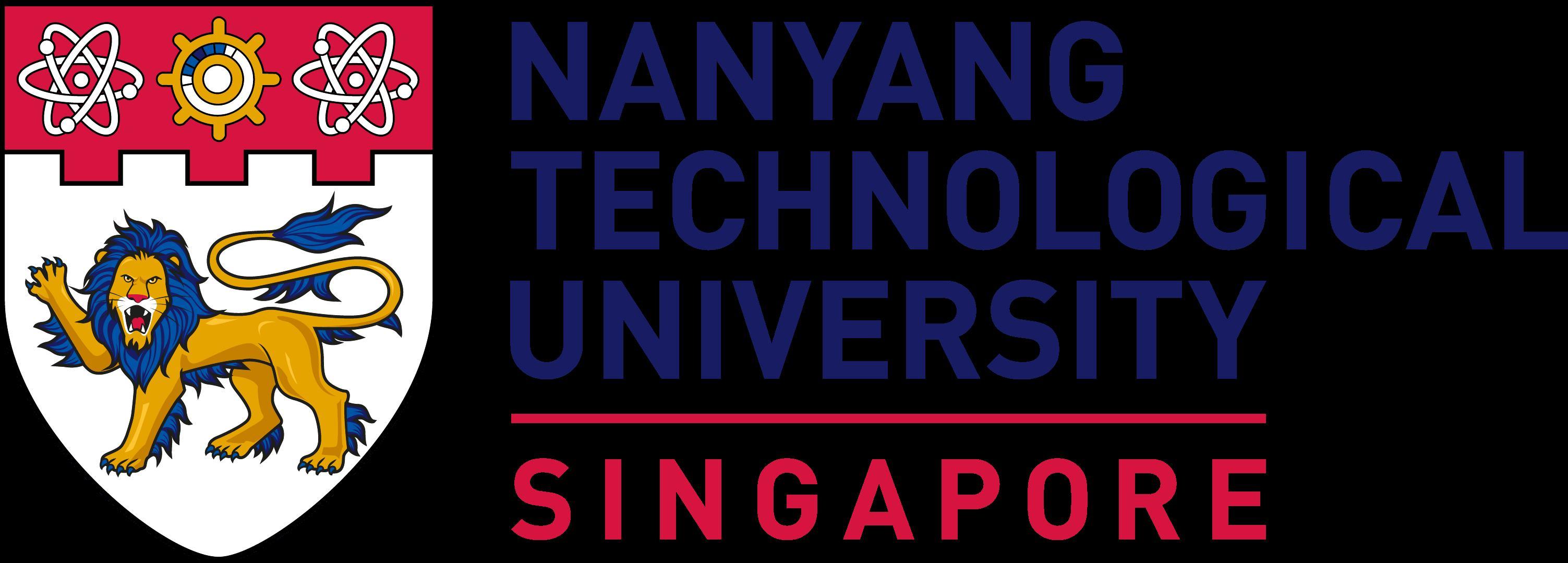

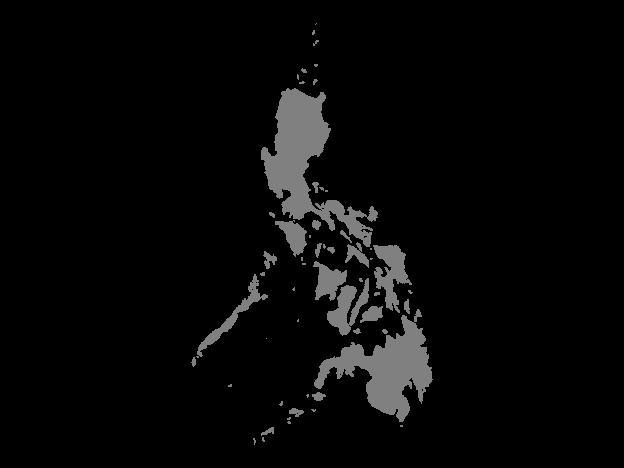
Metro Cebu is exposed to acute disaster risks, There is a gap between the populations knowledge of disaster risks, and their actions towards material preparedness. Disaster education is traditionally top-down and does not leverage existing community resilience.
‘How might we co-design an educational intervention that empowers the Metro Cebu community to close the
existing gap between their knowledge of disaster preparedness measures and their actions?’
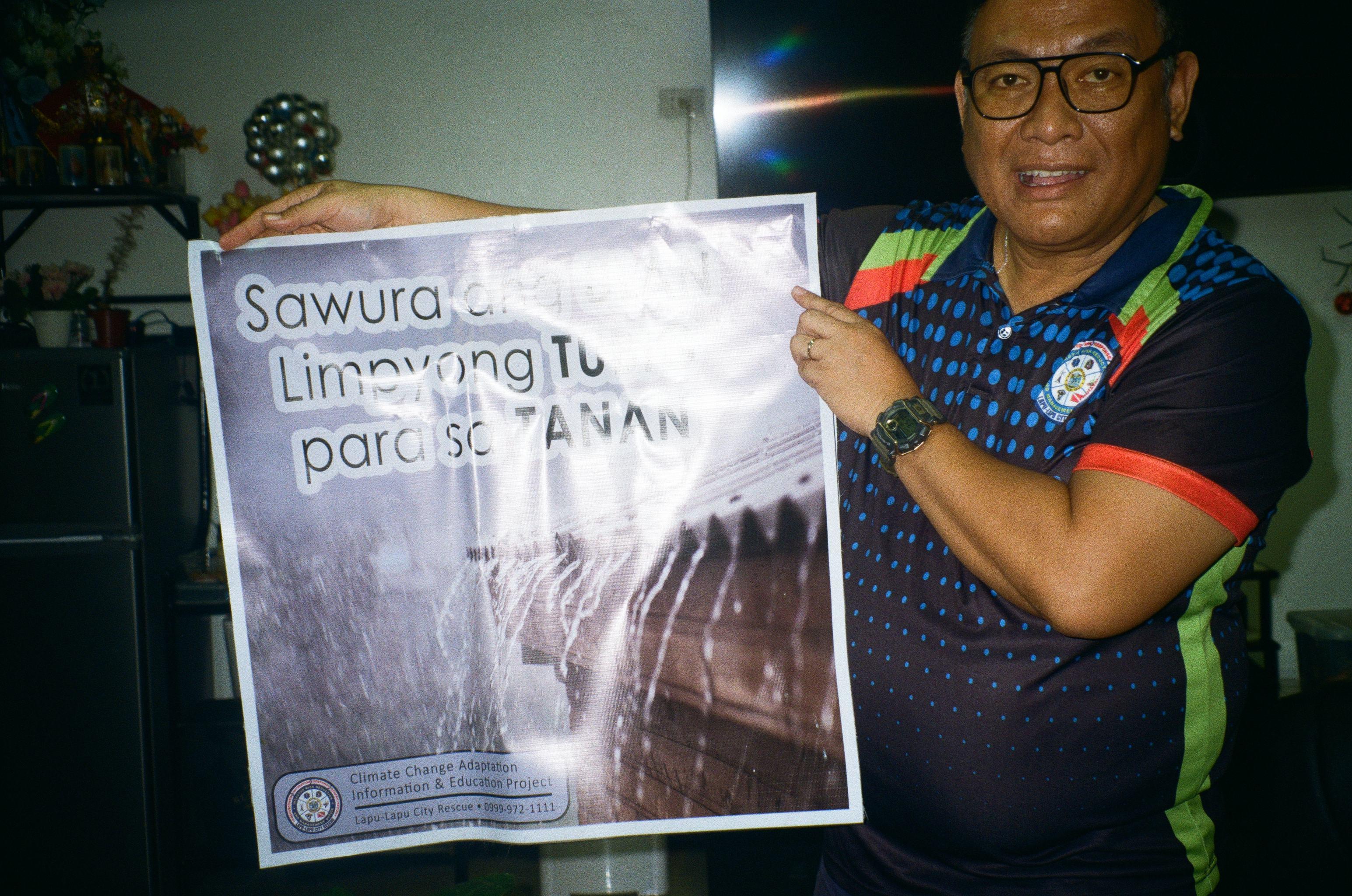
Background: Example of current top-down educational material in Cebu, posters encouraging preparedness action are hung around the city
Why am I doing this?
Questions, challenges, values
Discover (Problem Space) Research and Exploration
Partnership formation
Resource selection
selecting research areas with experts, identification of stakeholders, and potential users
Framing Planning fieldwork
Insights and opportunity framing, narrowed HMW statement and goals
Develop (Project Development) Ideation / Co-design
Delivery (Steps to Realisation) Implimentation
Fieldwork - Cebu, Philippines
Stakeholder selection
ethnography exploratory chats with partners and experts
Preliminary Interviews
Validation of problem space, finalising design research questions
User/ Field Interviews Expert feedback
Interviews with participants across the stakeholder map
Stakeholder collaboration
Interviews, shadowing and co-design with local government
User Collaboration
Validating concept & design opportunity
Stakeholder collaboration
Validating and iterating on concept, evaluation of contextual relevance
assessment Stakeholder interviews
Ethnographic study
Cultural probes, visual ethnography, stakeholder workshops, user interviews, shadowing
C-sketching
prototyping Positive computing workshop
prototyping
Fieldwork plan & Itinerary
User research strategy Participant recruitment
Preliminary literature revie
Research question and aims
Existing solutions map
Detailed user journey & stakeholder map
Synthesised insights (insights report )
Concept mapping
Sketch prototyping
Final concept
Theoretical contribution
Reflections & open question
Strengths and Limitations
Teaching
Publishing
ective activitie
National
Barangay
Community
Workers unions
Department of Trade and Industry
Department of Education
Fab Lab
Grandparents Children
Local Schools and Universities
Multigenerational households


Field notes before synthesis
Communication Gaps
Key communication venues

OICs of Government Bodies (DDRMO and DSWD)
11
Co-design workshop participants, University of Philippines Cebu
1 Weather forecasting and communication professional
12
General population, Interview and Cultural probe participants
3 Disaster relief and management officers
4
Academic experts in disaster and risk
Recruitment Methods: Through project partners, at local community gatherings, through facebook groups and other online communities
20 Participants Interviews from across stakeholder group - from government professionals to academics to members of the community
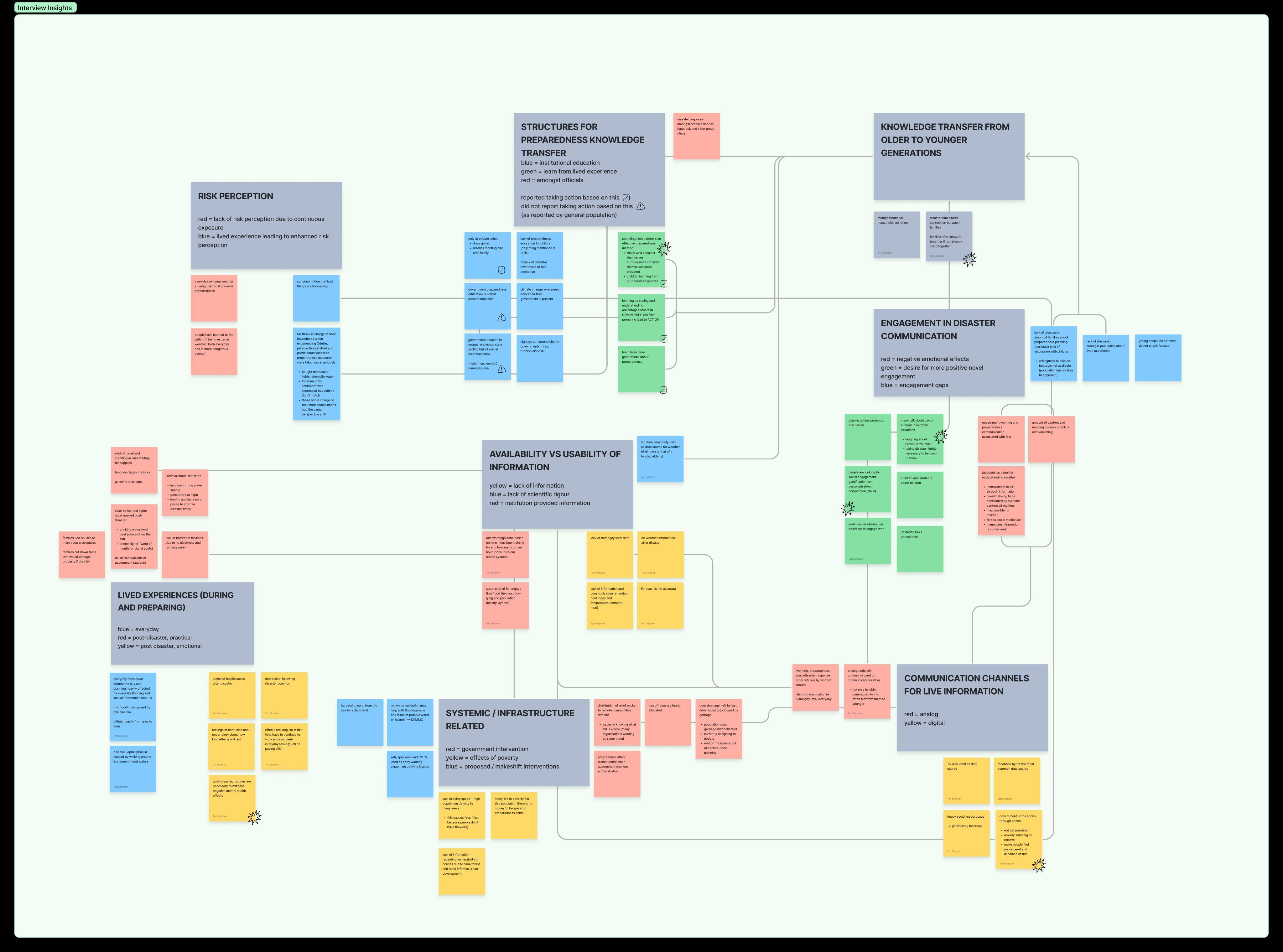


Tools: Discussion guide, blob tree, and thematic analysis (MAXQDA & Dovetail)

5 Participants Take home activities to better understand lived experiences of members of the community, completed over a week.
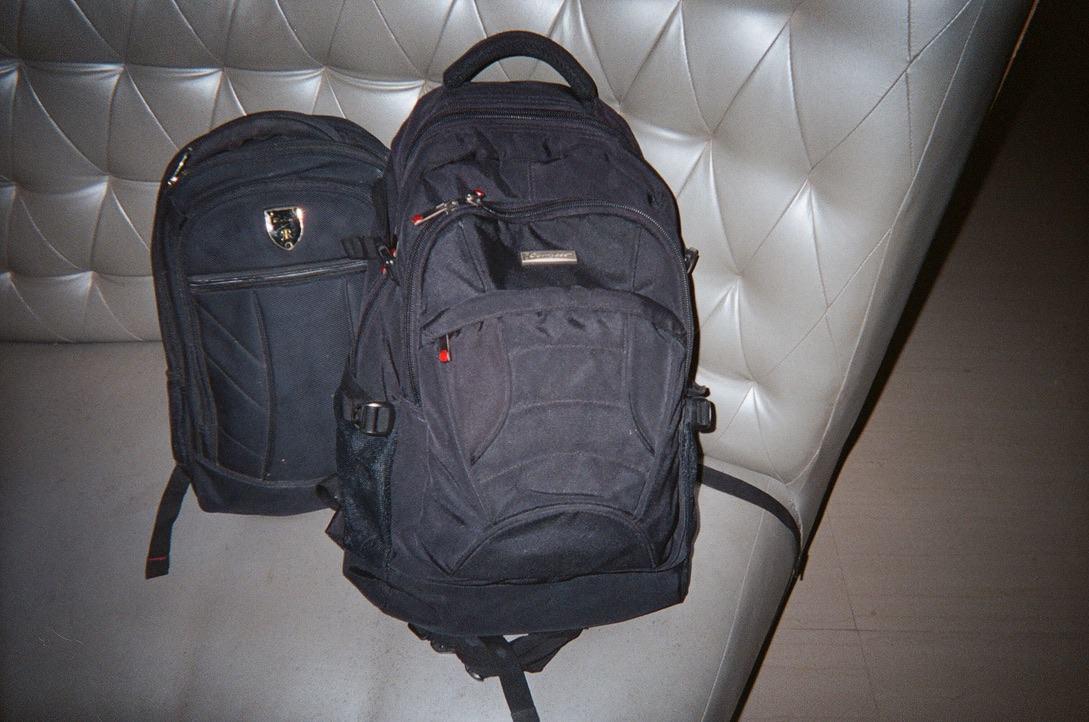

Tools: Journey mapping, diary study, recording artefacts (disposable camera)

Contex tual Enquir y
Shadowing disaster management and relief workers.
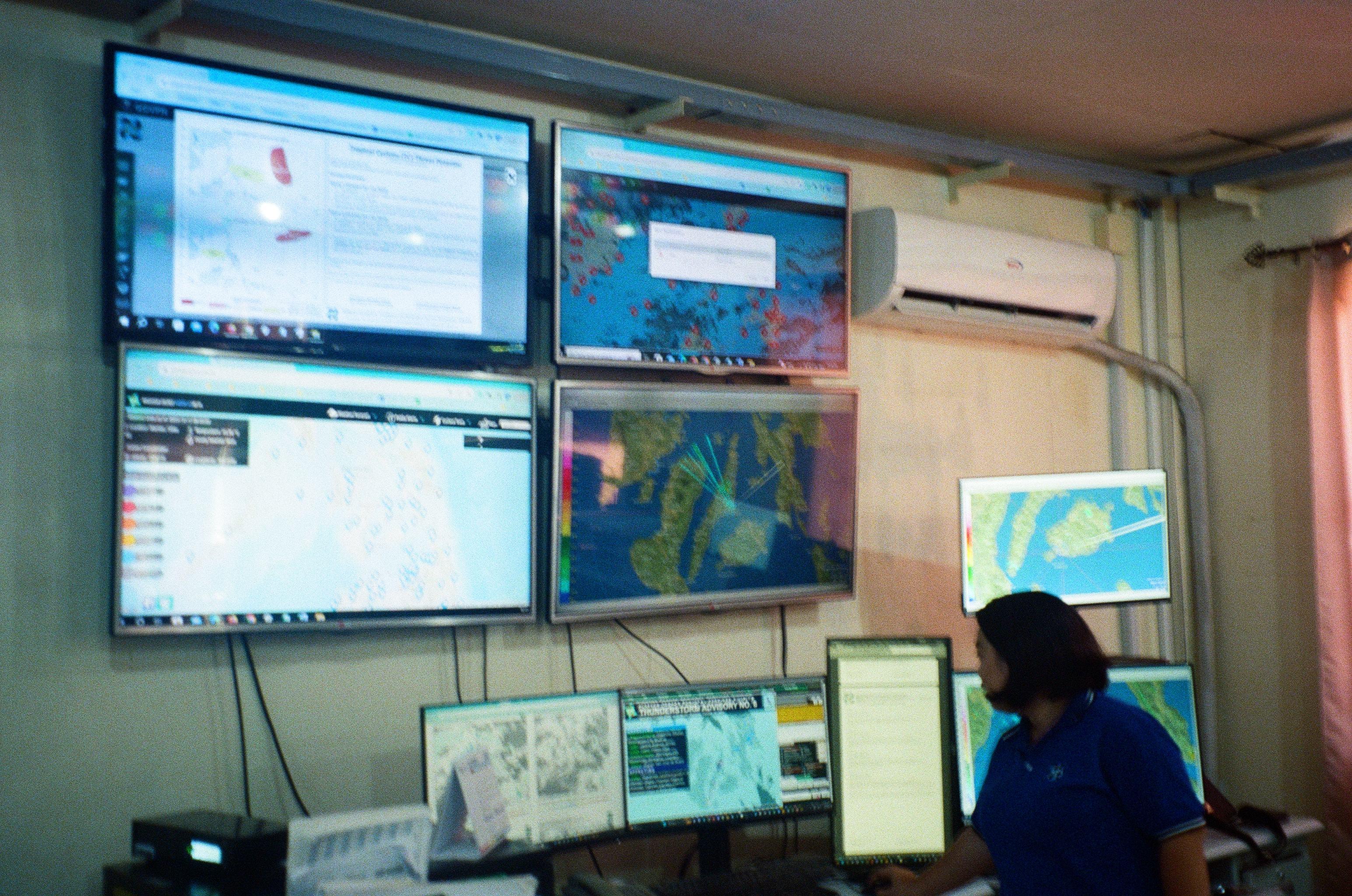



11 Participants At the Cebu FabLab, looking into ways to design more informative and engaging educational experiences toward disaster preparedness
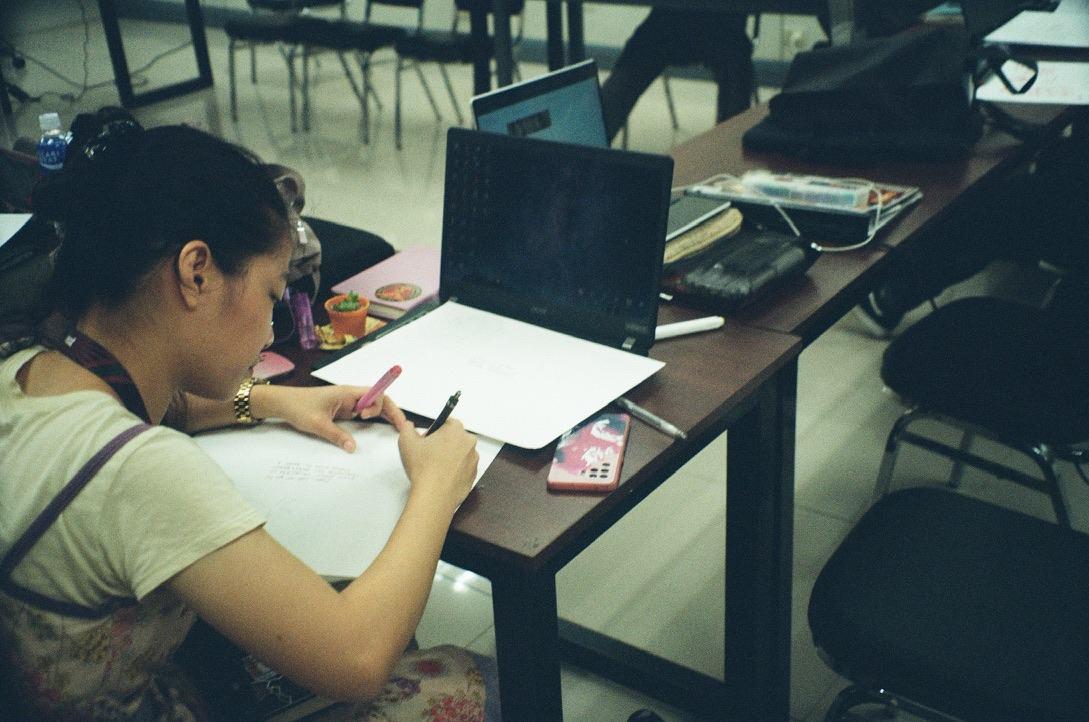

Tools: Positive computing workshop (wellbeing technologies lab), C-sketching, and sketch prototyping

In addition, a quantitative survey was also conducted, both online before fieldwork, and in a paper based format during fieldwork. The survey had 50+ respondants
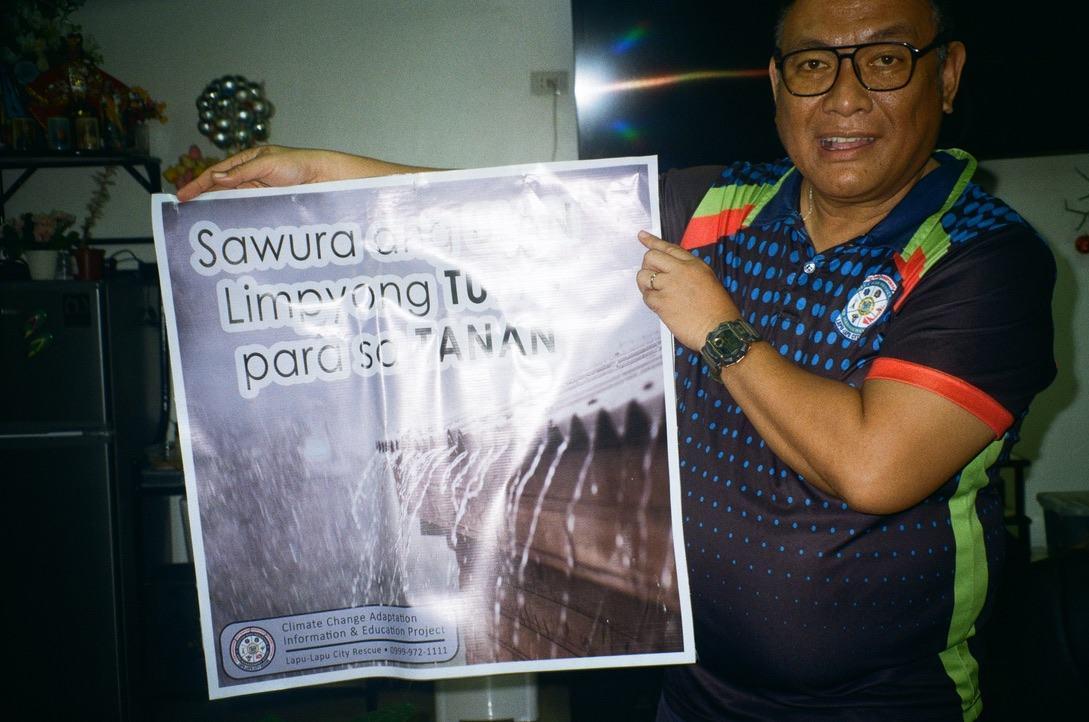

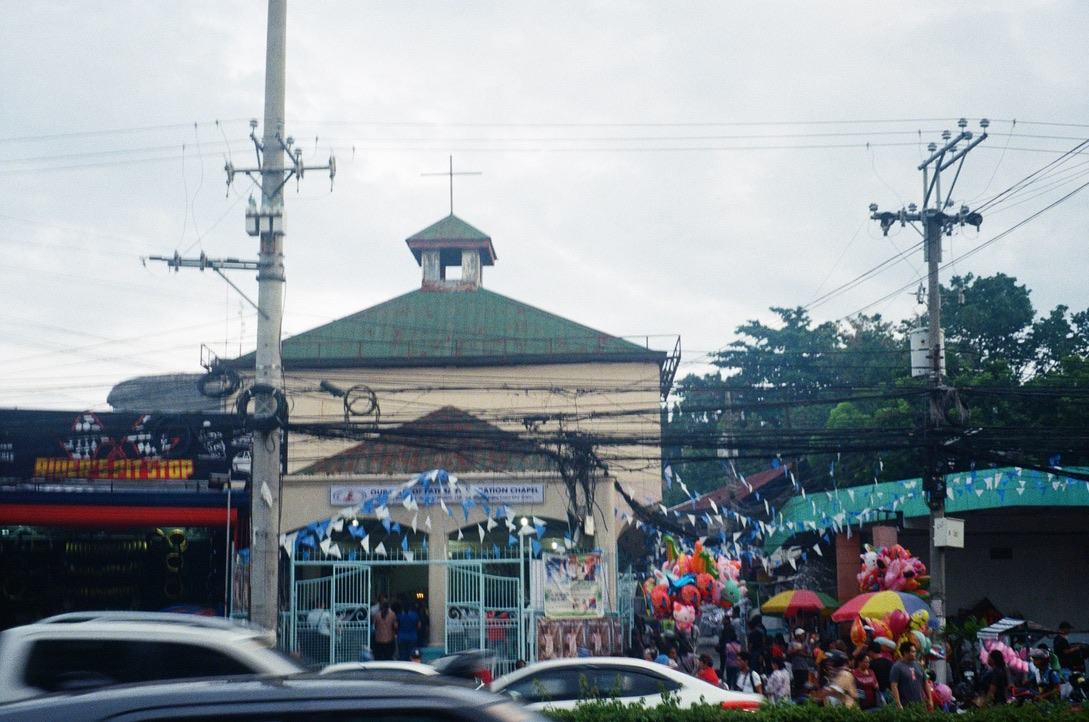


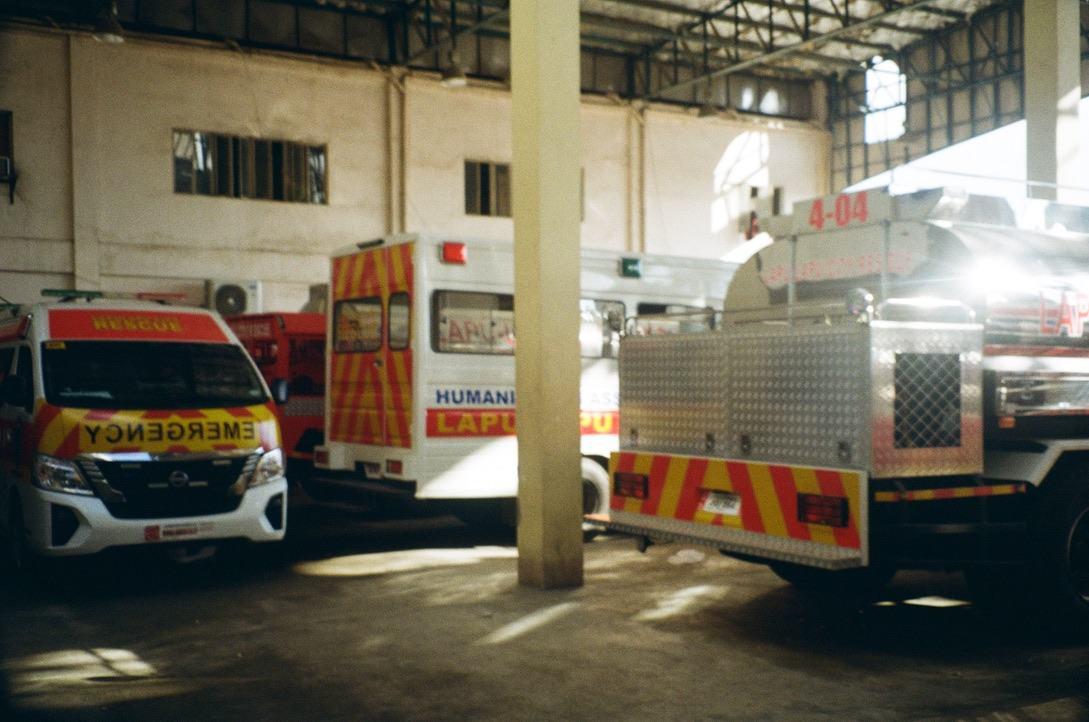
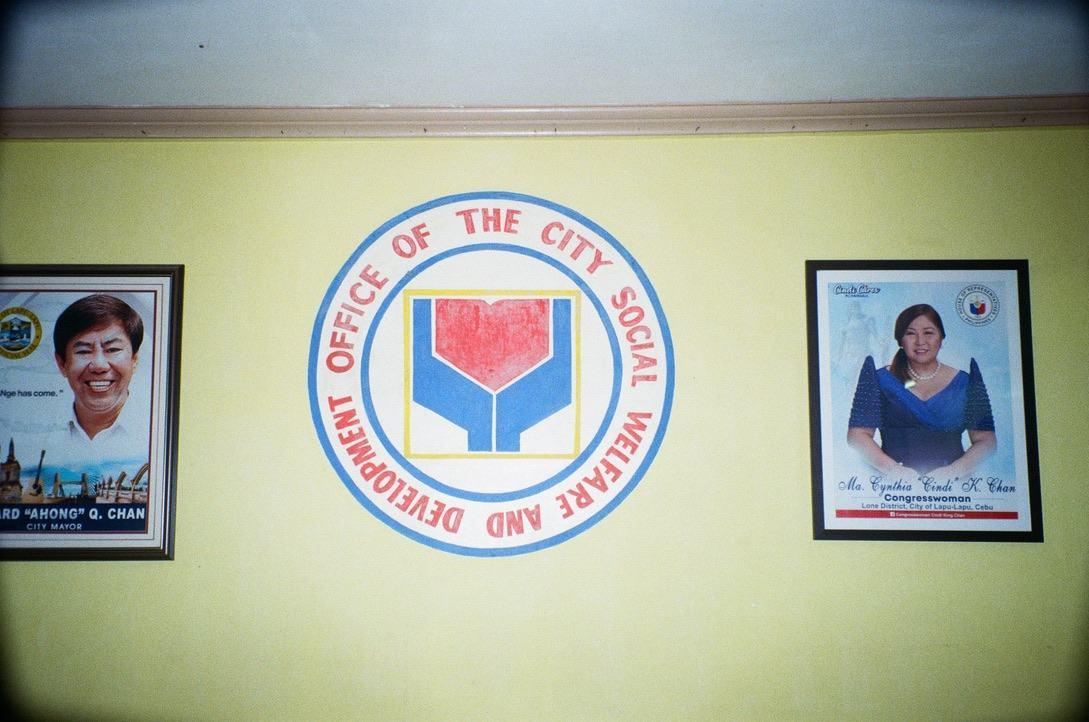


Posters that displayed around city and used in educational sessions with local communities by DRRMO
Disaster Risk Reduction and Management Office (DRRMO)

Waiting room for interview with Officer in Charge (OIC) of City Social Welfare and Development office City
(DSWD) Headquarters
Cebu
Ethnographic interview with member of the general public
Small flood caused by heavy rain, an everyday occurrence in Cebu
Power lines around the Metro Cebu area, these often fall during a disaster event, causing power outages. When Super Typhoon Odette hit, the power outages lasted three months. Cebu City and Lapu-Lapu City, Cebu
Touring around DRRMO facilities whilst shadowing disaster response officers
(DRRMO)
Ethnographic interview with weather
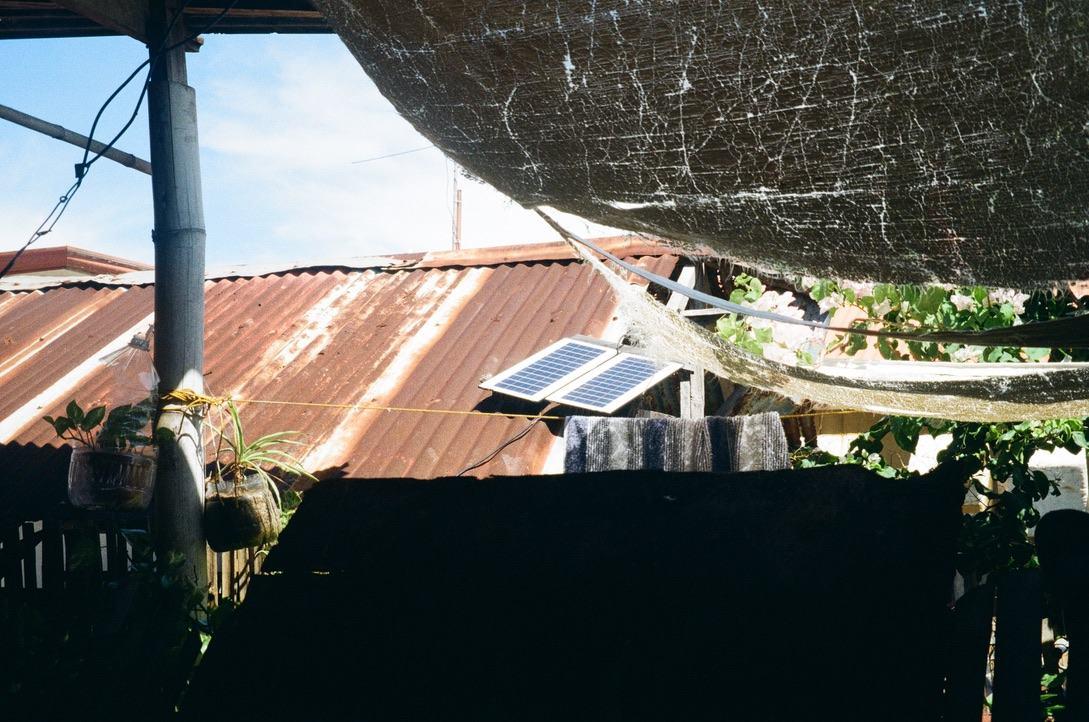

Solar Panel on Caubian Island
Caubian Island, Cebu October 2023
Resident of Caubian Island, with his analog radio Caubian Island, Cebu October 2023
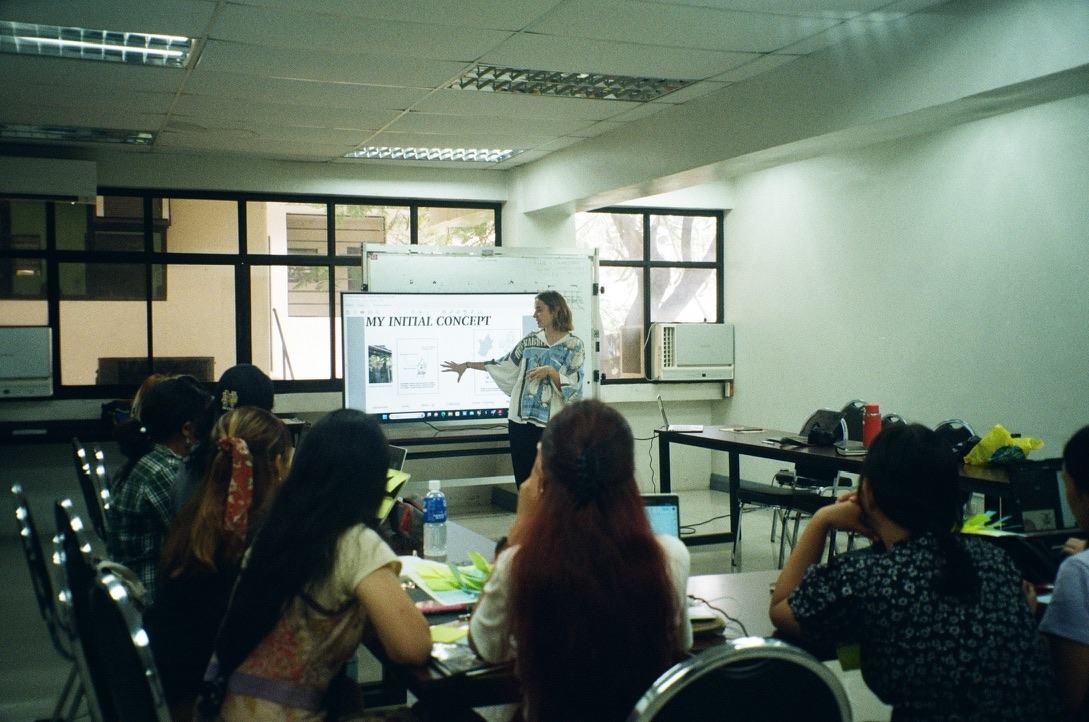
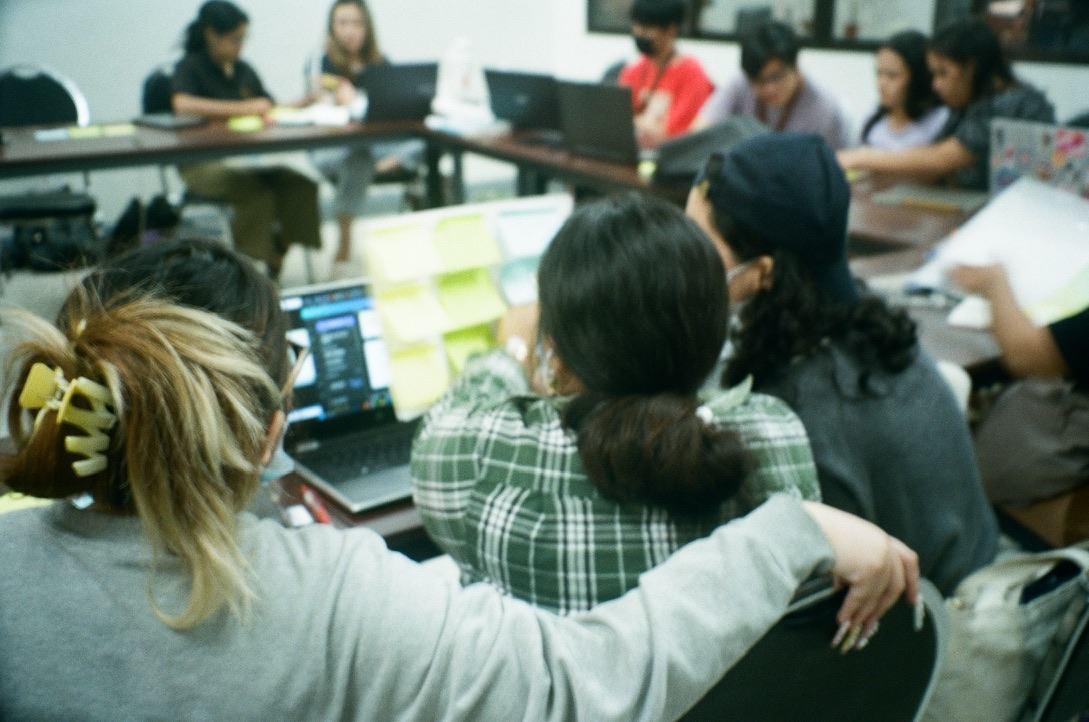







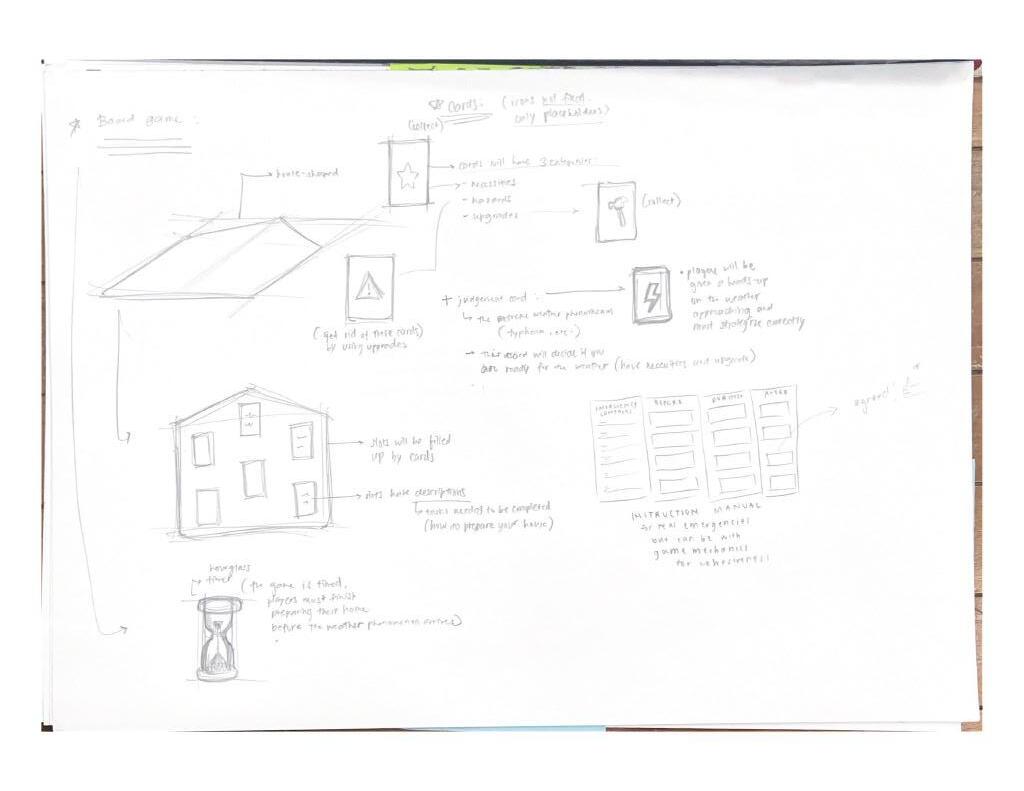
Images from co-design workshop with local students
University of the Phillipines, Cebu City
C-sketching outputs from co-design workshop, developing and building on initial ideated concepts from primary research study
The potential for intergenerational education & sharing lived experience
(Tyubee, 2020), (OECD, 2018)
Need for novel, bottom up education methods in a home setting
(Bollettino et al., 2020), (Shaw et al., 2004), (Hoffmann and Muttarak, 2018)

Utilise generational social structures and existing trust within family communication loops to prompt useful action when it comes to disaster preparedness.
Create a safe space for sharing lived experience as well as knowledge. Allow users to be both providers and receivers of support.
Gap between preparedness knowledge and material preparedness action
(Gaillard and Mercer, 2012)
Long-term post disaster recovery was as important as preparedness
(Gumasing and Sobrevilla, 2023), (Ali et al., 2022)
Discussion of disaster should be embedded into humour and fun
(Suarez, 2019), (Kankanamge, Yigitcanlar, and Goonetilleke, 2022)
Encourage tactile experiences that involve materials needed in disaster scenarios in order to increase familiarity, in turn improving an individual’s coping appraisal.
Encourage active participation in material preparedness, with a particular focus on post- disaster recovery. Support the installation of routine post-disaster.
Employing a gamification approach will allow for structured communication, and provide a safe space for discussion, both within the familiar humorous tone, and extending beyond individuals comfort zone.
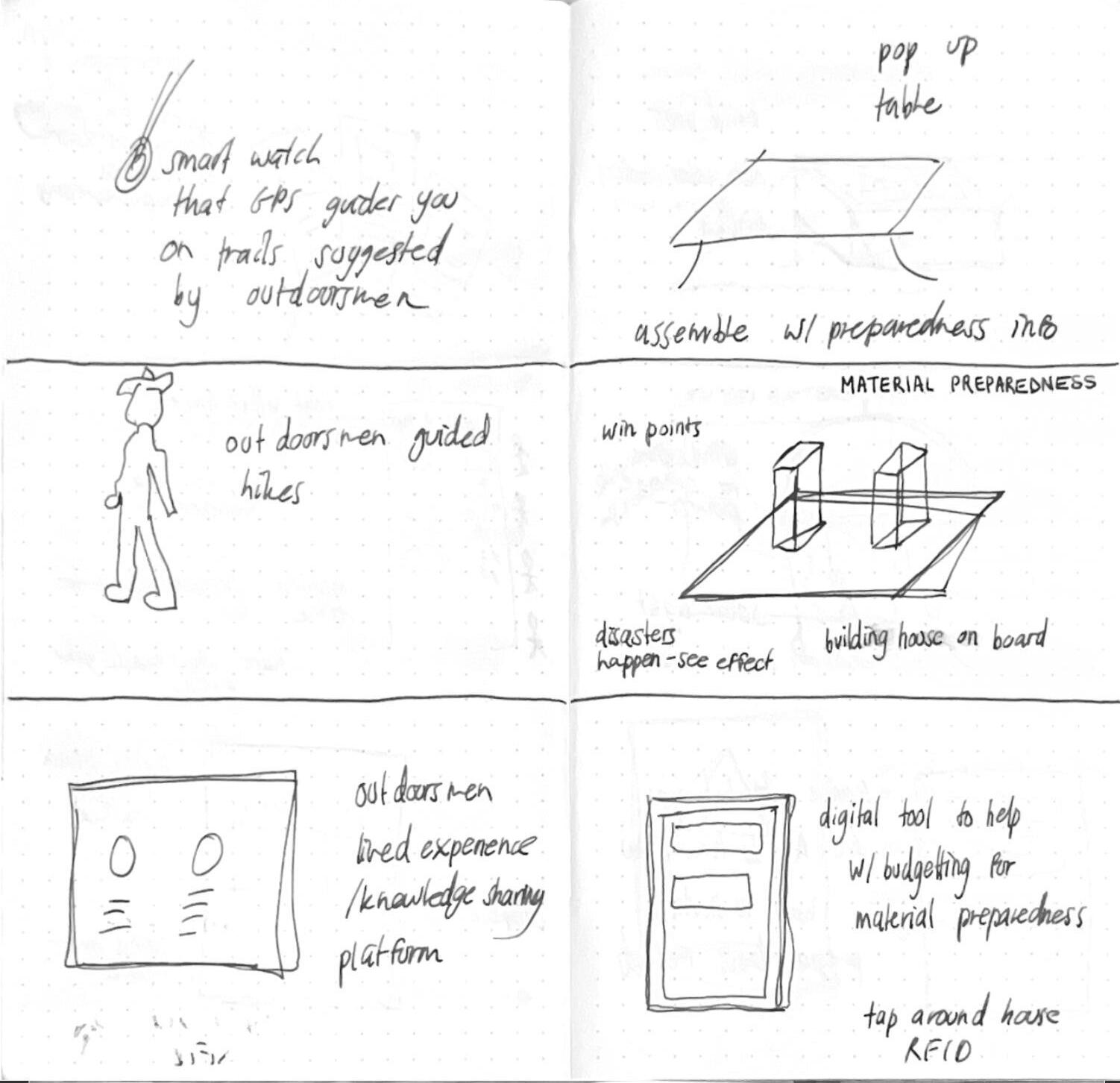





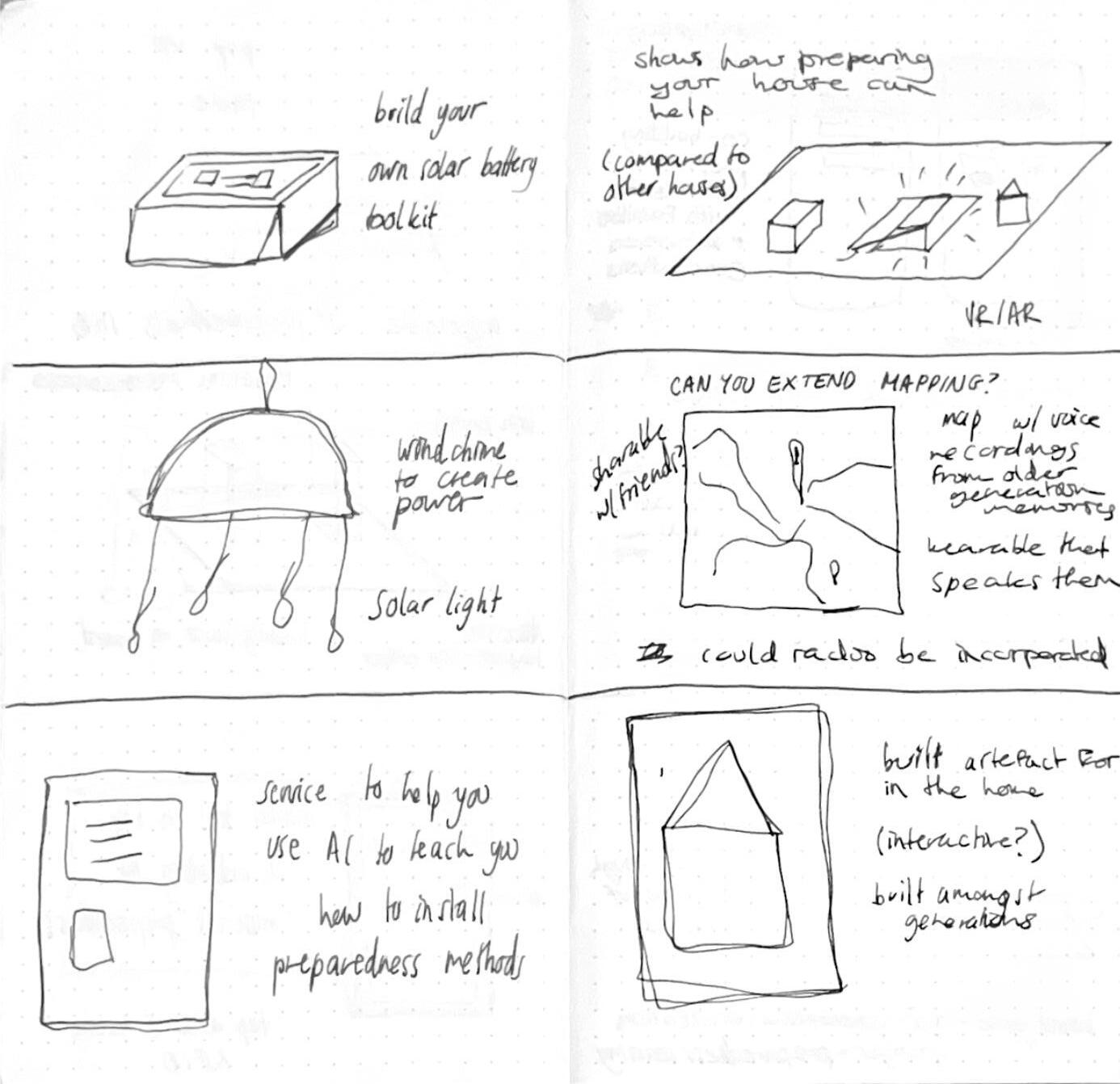









Key themes: Supporting shared preparedness planning, DIY education and assistance, Frugal electronics and sensing, mapping disaster timelines


Gamified electronic built kit, an intervention to bring disaster preparedness and innovation education into the home using intergenerational sharing of lived experience and electronics prototyping to enhance community resilience

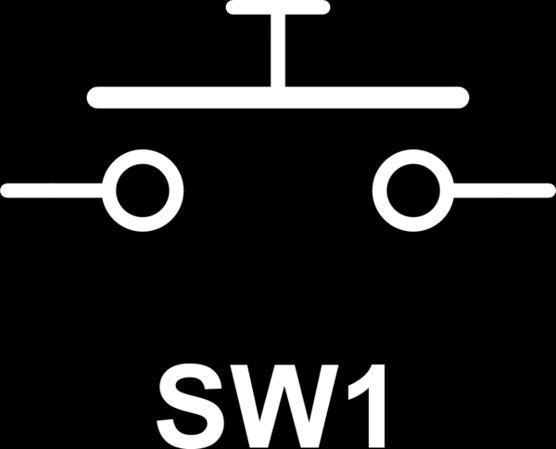
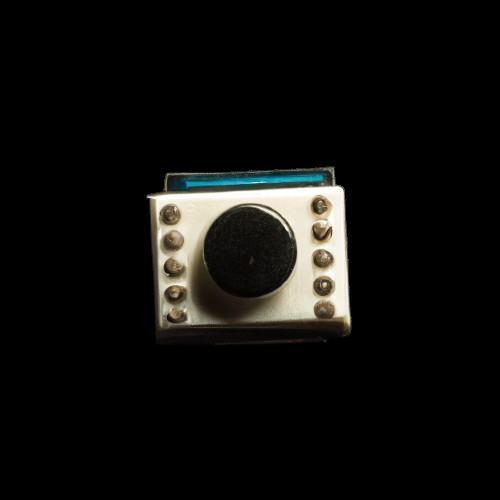


Hand-built solar powered radio and light, items identified as post-disaster essentials during ethnographic research
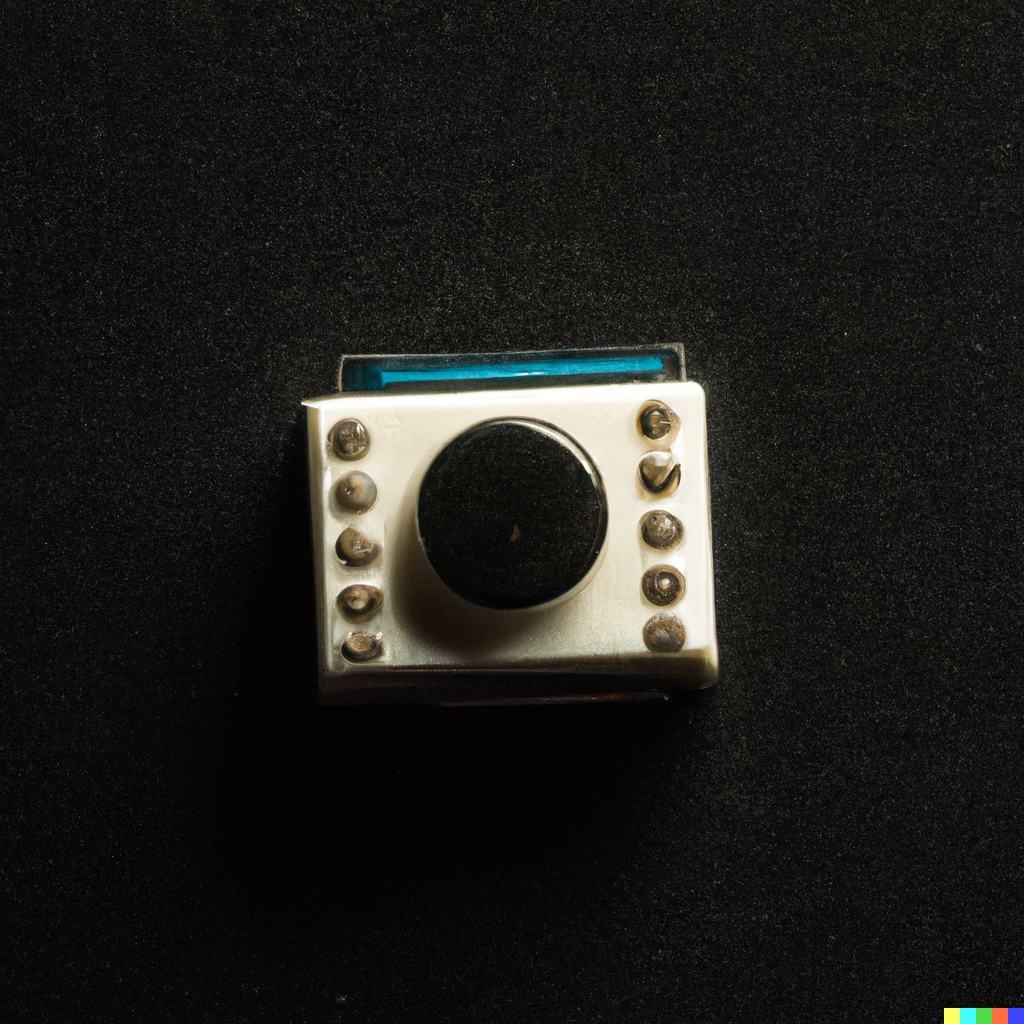
Components for circuit build. Skills developed during build align with Department of Trade and Industry education goals


Explain circuit build, prompting two-way communication and intergenerational sharing of lived experience.